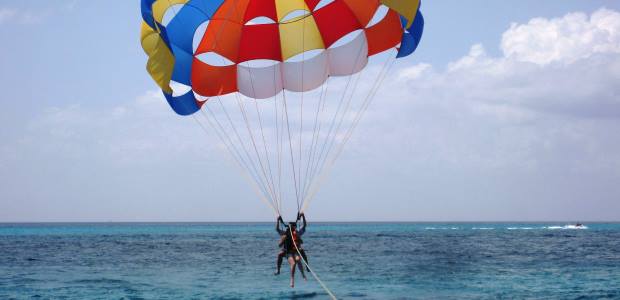
NTSB Alert Warns Parasailing Operators About Towline Knots
The bowline knots that are typically used (and any knot in general) can reduce a towline's strength as much as 70 percent, even on brand-new ropes, it points out.
The National Transportation Safety Board recently issued a safety alert about towline failures in parasailing accidents. These failures are the leading cause of injuries and deaths in parasailing, and they may be linked to the operators' knots, it points out.
NTSB found the knot most commonly used to fasten towlines is a bowline knot. That knot, and any knot in general, can reduce towline strength by as much as 70 percent, even on brand-new, otherwise-strong ropes, the alert states. "When the testing also factored in sun and saltwater exposure, sudden 'shocks' by wind gusts or other overloads, and general wear-and-tear, the ropes weakened further. Although most parasailing operators may be aware that tying knots in the towline reduces rope strength, they may have no idea just how drastic the weakening really can be. This lack of awareness can potentially be deadly," the alert states.
NTSB recommends that parasailing operators recognize that, even though a rope may be rated at 10,000 pounds, tying a knot in it can reduce the rope's strength by half or more -- before factoring in the rope's age, use, etc. So they should frequently and carefully inspect their ropes to ensure they are in good overall condition, with no sign of external abrasion or other damage, and are suitable for the intended operation.
Other recommendations are to use an anemometer or other device to measure wind
speeds to ensure they're within the parasail canopy manufacturer's recommendations; use steady and consistent speed and force on the winch when deploying and recovering the canopy towline; keep logs about rope usage and examinations; and replace ropes frequently.
According to the alert, ASTM International is currently developing standards for parasailing equipment.